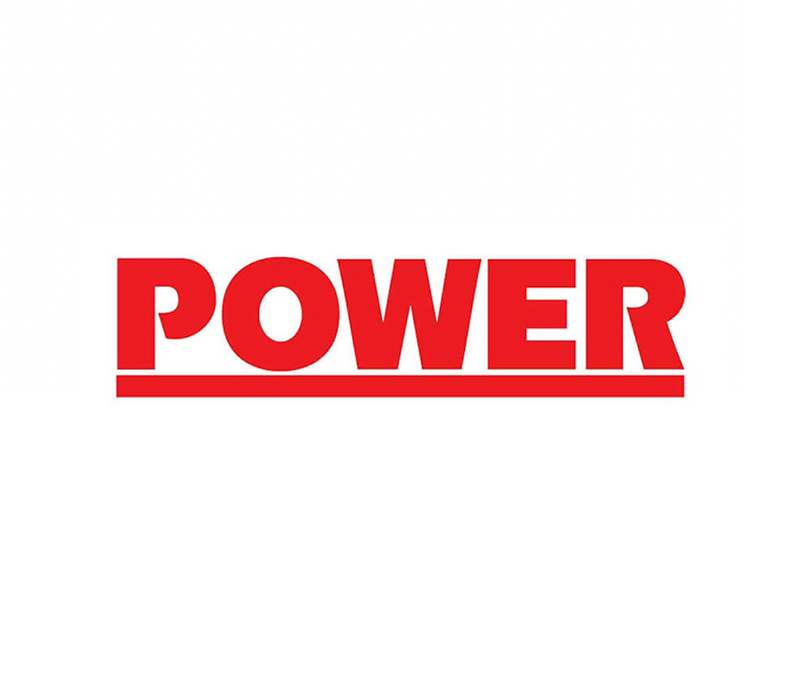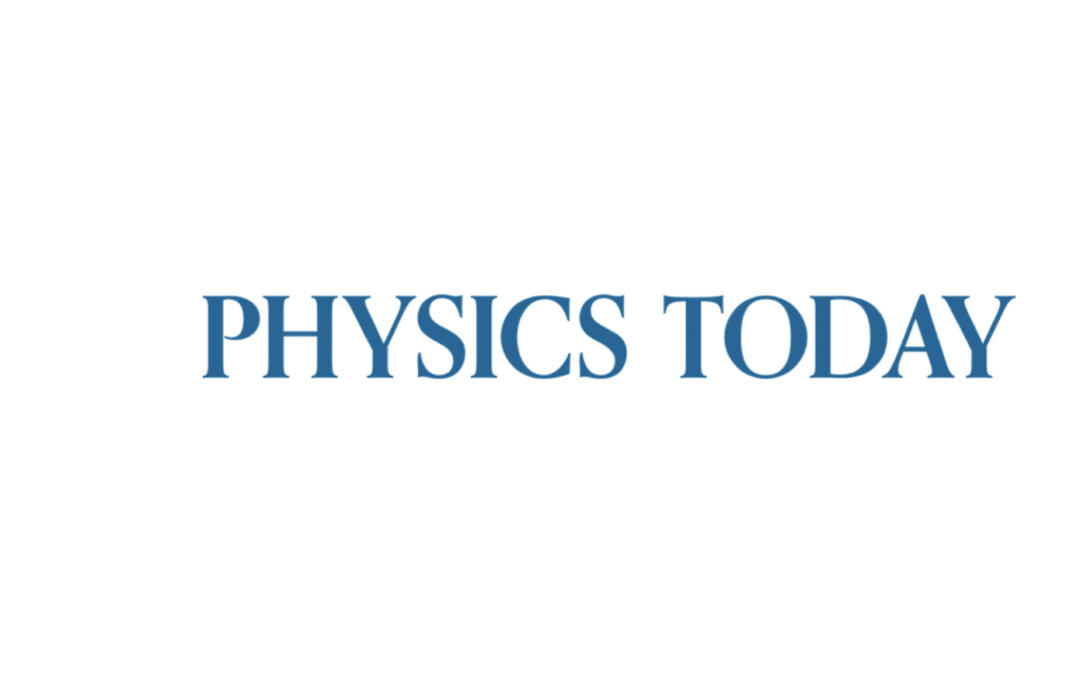
The POWER Interview: ‘Dispatchable Power Through Commercial Fusion’
The goal of economic power generation from fusion has been elusive, but that hasn’t deterred researchers from exploring ways to develop the technology in a way that would support commercial electricity production.
POWER magazine has covered the evolution of fusion research and development for many years, and nuclear experts now think we could be just years—not decades—away from commercial applications.
Comprehensive imaging of C-2W plasmas: Instruments and applications
April 2021 | E. M. Granstedt | Review of Scientific Instruments | Paper
The C-2W device (“Norman”) [Gota et al., Nucl. Fusion 59, 112009 (2019)] has produced and sustained beam-driven field-reversed configuration (FRC) plasmas embedded in a magnetic mirror geometry using neutral beams and end-bias electrodes located in expander divertors.
MHD mode identification by higher order singular value decomposition of C-2W Mirnov probe data
April 2021 | M. Tobin | Review of Scientific Instruments | Paper
The C-2W device (also known as “Norman”) at TAE Technologies has proven successful at generating stable, long-lived field-reversed configuration (FRC) plasmas with record temperatures.
CleanTech Forum Europe
Uncover the innovations transforming our shared future across two days of research-led sessions, Innovation Showcases and opportunities to network.
The integrated diagnostic suite of the C-2W experimental field-reversed configuration device and its applications
March 2021 | T. Roche | Review of Scientific Instruments | Paper
In TAE Technologies’ current experimental fusion device, C-2W, record breaking, advanced beam-driven FRC plasmas are produced and sustained in steady state utilizing variable-energy neutral beams, expander divertors, end-bias electrodes, and an active plasma control system.

Academies urge public–private effort to build a pilot fusion-power plant
Michl Binderbauer, CEO of the privately funded alternative fusion developer TAE Technologies, applauds the report’s emphasis on public–private partnerships. “You are combining the strength of a DOE lab or university program with the end-product focus of the private sector,” he says, rather than the “more meandering” academic process. “A tighter adherence to schedules will help to drive efficiency in the process.”